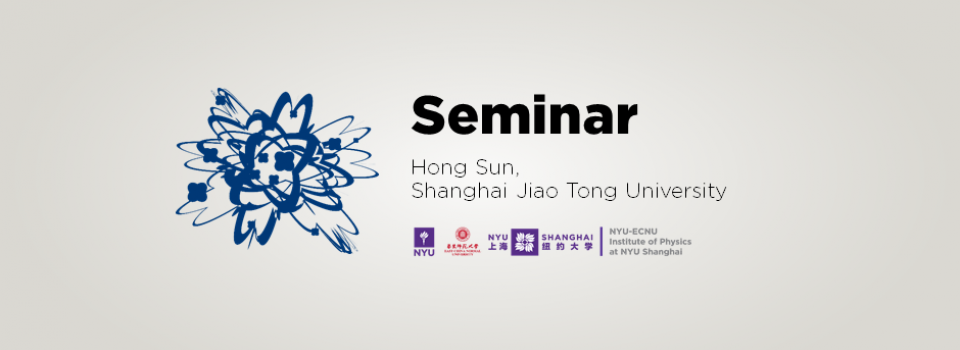
Abstract of the talk
Part I: Recent attempts to observe solid metallic hydrogen under maximum pressures in diamond anvil cells (DACs) and advances in achieving terapascal pressures in double-stage diamond anvil cells (ds-DACs) all raise fundamental questions on structural and mechanical responses of diamond under extreme static compression that determines the maximum limit of static pressures generated by DACs or ds-DACs. Here we unveil by first-principles calculations that diamond's compressive strengths are greatly enhanced by lateral compressive stresses that are concentrated near the anvil tip due to its large elastic deformation under multi-megabar pressure, and further strengthened by confining pressures in ds-DACs. The highest compressive strengths of diamond and related carbon structures are all limited by dynamic instability, rather than by mechanical instability as under shear or indentation strains. Among the carbon structures, cubic diamond possesses the highest compressive strength due to its layer stacking sequence, followed by nano-twinned diamond, all reaching the terapascal range. Their electronic band gaps decrease considerably at large compression, narrowing their optical windows to below the visible spectrum range. These findings establish key benchmarks and expand the realm of understanding of diamond at extreme loading conditions.
Part II: We report ab initio molecular dynamics calculations of the compression, tensile and shear strengths of diamond under high pressure and high temperature (HPHT). The results show that the mechanical strengths of diamond reduce by two-thirds as temperature reaches 3000 K, while its elastic constants remain almost temperature independent. In compression and tension, diamond destabilizes by undergoing brittle graphitizing at room temperature, which changes to plastic deformation with locally mixed sp2 and sp3 bonding dislocations at temperature above 1000-1500 K. In contrast, in shearing such local dislocations appear even at room temperature, leading to unexpected plastic deformation of diamond under indentation at room temperature as were observed in experiments. At pressures higher than 300 GPa, directional shear-induced early melting of diamond is predicated in its (111)[11-2] easy sliding shear direction, lowering its melting temperature by at least 1000-2000 K. These findings will establish key benchmarks and provide new insights for understanding diamond mechanics under extreme HPHT environment, such as those in laser heated diamond anvil cells and core centers of Earth and carbon-rich giant planets.
Biography of the Speaker
Professor Hong Sun received Ph.D. in physics at the Shanghai Jiao Tong University in 1987, joined its department of physics as a faculty member since then, and promoted to full professor in 1990. He collaborated with Professor Kin-Wah Yu in the Physics Department at Chinese University of Hong Kong from 1993 to 1999; visited research group led by Professor M. L. Cohen and S. G. Louie in the Physics Department at UC Berkeley in 2000 for two years; and collaborated with Professor Changfeng Chen in the Physics Department at University of Nevada (Las Vegas) since 2004.
Professor Sun’s research interests include: first principles calculation studies of material physics with focuses on the studies and designs of super-hard materials in high pressures and high temperatures.
To our visitors
- RSVP may be required for this event. Please check event details
- Visitors will need to present a photo ID at the entrance
- There is no public parking on campus
- Entrance only through the South Lobby (1555 Century Avenue)
- Taxi card
Metro: Century Avenue Station, Metro Lines 2/4/6/9 Exit 6 in location B
Bus: Century Avenue at Pudian Road, Bus Lines 169/987


